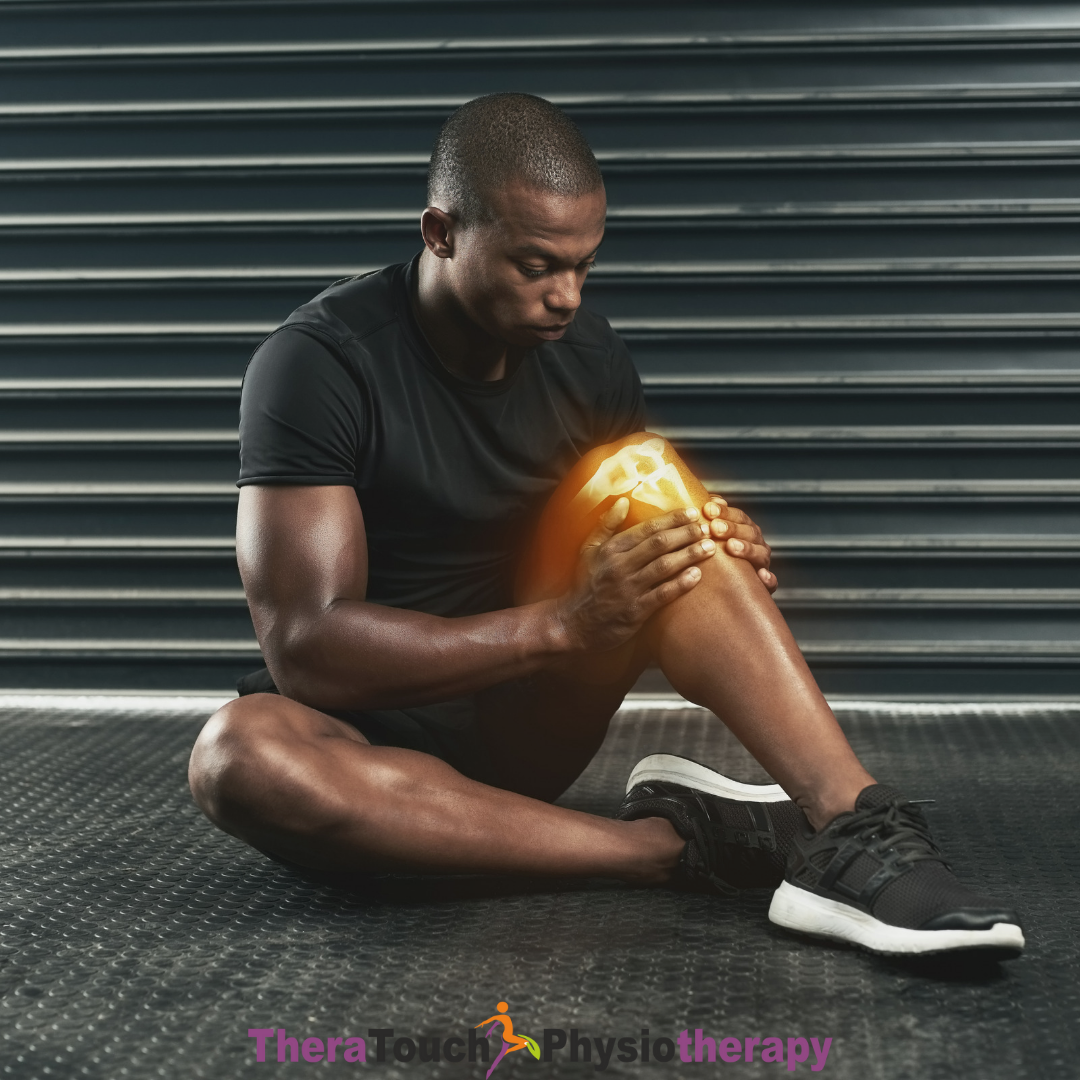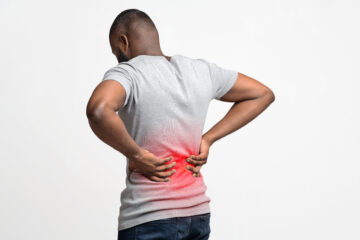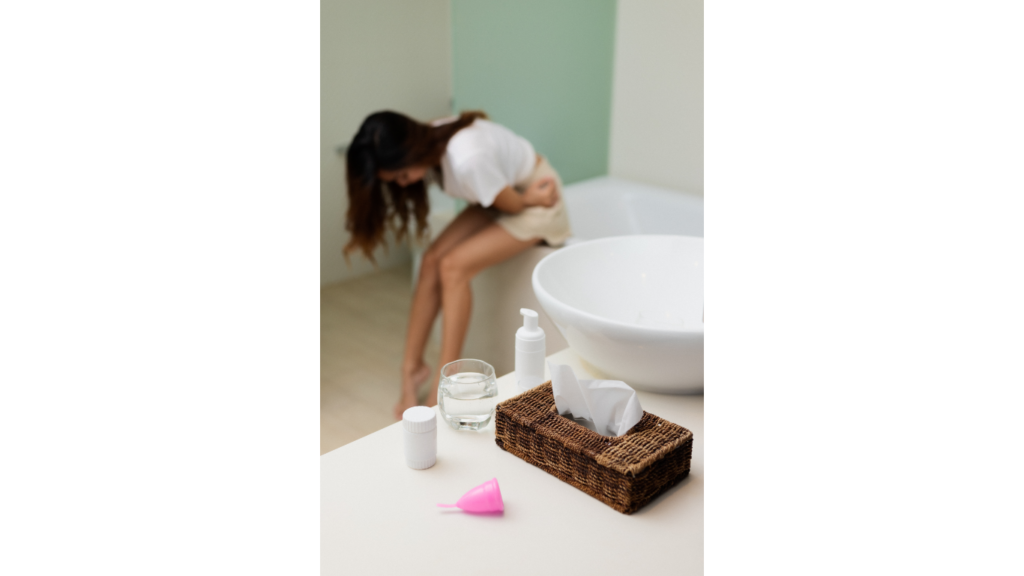Tailbone Pain and Physiotherapy
Coccydynia, commonly known as tailbone pain, can be a persistent discomfort affecting daily life. The triangular bone at the base of the spine, the coccyx, may become inflamed or injured, leading to pain. This post explores the causes, symptoms, and treatment options for coccydynia, with a focus on the indispensable role of physiotherapy in managing this condition.
Causes of Coccydynia
Coccydynia can result from various factors, including trauma, prolonged sitting on hard surfaces, childbirth, or degenerative changes in the coccyx. Identifying the cause is crucial, prompting individuals with tailbone pain to seek professional advice.
Symptoms
Primary symptoms include localized pain and tenderness in the tailbone area. Activities like sitting for extended periods may intensify discomfort, and pain may be experienced during movements like standing up or leaning back while seated.
Tips to Manage Coccydynia
Limit Sitting Time: Reduce prolonged sitting, especially on hard surfaces. Consider using a cushion for added support.
Use a Donut Cushion: Employing specialized cushions with a central opening can relieve pressure on the tailbone during sitting.
Maintain Good Posture: Proper posture is essential. Sit with a straight back and relaxed shoulders to minimize strain on the tailbone.
Warm Compresses: Applying warm compresses before physiotherapy exercises can help relax muscles and alleviate pain.
Medication for Coccydynia
Over-the-counter pain relievers like NSAIDs can be effective. However, consulting with a healthcare professional is crucial to ensure suitability for the specific condition.
The Role of Physiotherapy: Unlocking the Healing Potential
Physiotherapy emerges as a cornerstone in the journey to alleviate coccydynia, offering a multifaceted approach to recovery:
Detailed Assessment: A thorough examination by a physiotherapist helps pinpoint the root cause of tailbone pain, enabling the creation of a tailored treatment plan.
Targeted Stretching Exercises: Physiotherapists design exercises to enhance flexibility in the muscles surrounding the coccyx, addressing specific areas of tension.
Strength Building: Tailored strengthening exercises, focusing on pelvic and core muscles, provide enhanced support to the coccyx, aiding in pain reduction and prevention.
Manual Therapy Techniques: Hands-on approaches, including massage and mobilization, alleviate muscle tension and promote optimal functioning of the affected area.
Postural Education and Correction: Physiotherapists guide individuals on maintaining proper posture during daily activities, mitigating stress on the tailbone and fostering long-term relief.
Modalities for Pain Management: Utilizing modalities such as ultrasound and heat therapy enhances blood circulation, reduces inflammation, and contributes to overall pain relief.
Coccydynia poses challenges, but with the comprehensive approach provided by physiotherapy, relief is attainable. Beyond symptom alleviation, physiotherapy empowers individuals with the knowledge and tools to foster a complete recovery.
If you’re experiencing tailbone pain, consulting a healthcare professional or a qualified physiotherapist is essential for a personalized and effective treatment plan. TheraTouch Physiotherapy on Carling Ave, Ottawa offers General, Sports & Pelvic Health Physiotherapy and can help with Coccydynia.








